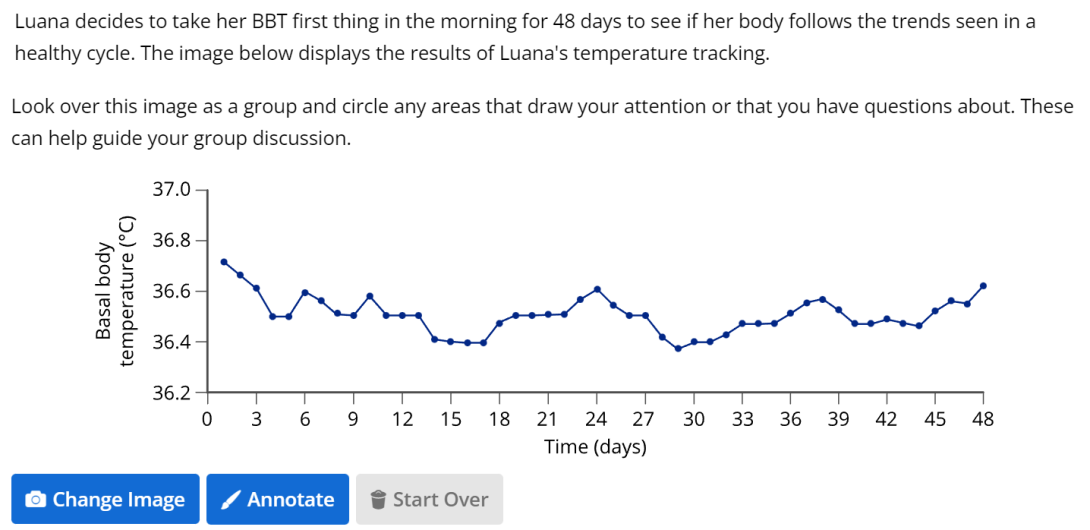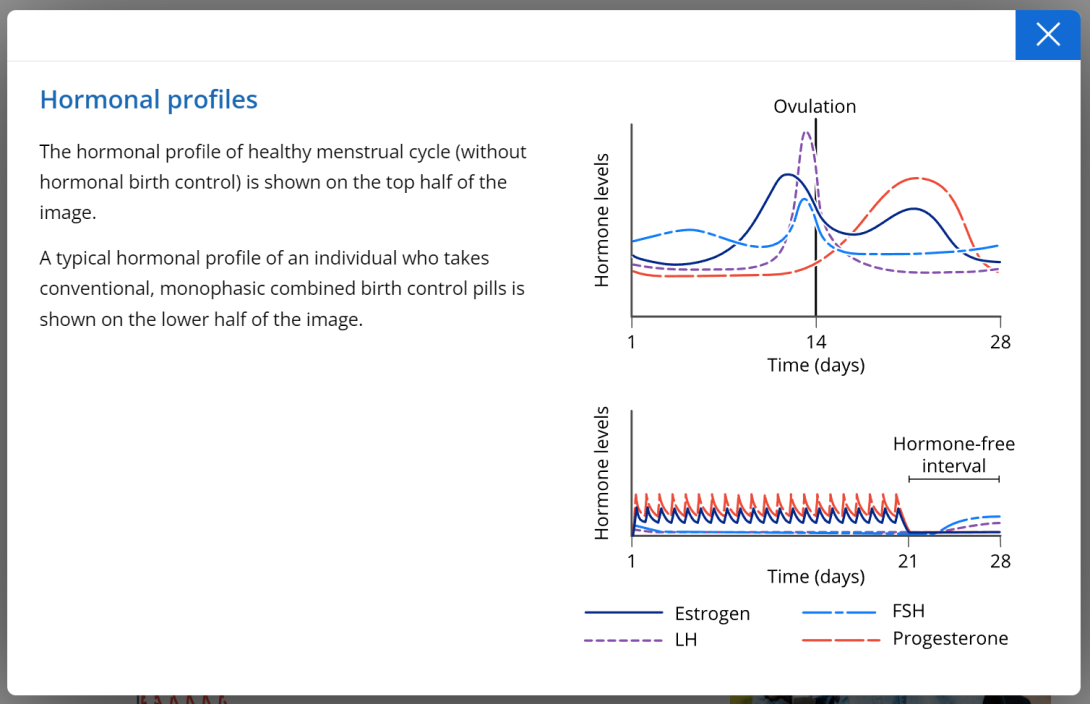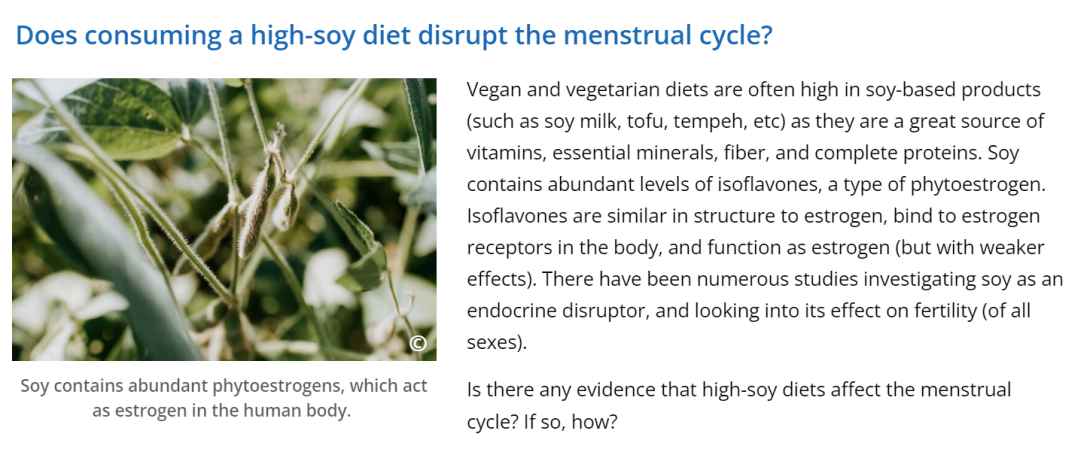Teach your undergraduate physiology students reproductive physiology with this series of ready-made labs and lessons.
We’re excited to release our new Reproductive Physiology module! Developed in collaboration with multiple physiology educators and subject matter experts, this group of lessons is useful for teaching everything from basic anatomy to the complex physiology of the testicular and ovo-uterine reproductive systems. Find it now in our Lt Human Physiology Collection!
Take a quick tour through the Ovo-uterine Reproductive Physiology lab in the video below, and find out what you and your students can expect from this detailed module on a tricky subject.
What's in the reproductive module?
The reproductive module contains two labs, two pre-lab preps, and three shorter lessons detailing the reproductive system:
- Ovo-uterine Reproductive Physiology - Lab
- Testicular Reproductive Physiology - Lab
- Ovo-uterine Reproductive Physiology - Pre-Lab Prep
- Testicular Reproductive Physiology - Pre-Lab Prep
- Reproductive Anatomy
- Reproductive Physiology
- Menstrual Cycle
The learning objectives and information included in this module align with the Human Anatomy and Physiology Society (HAPS) learning outcomes for reproductive physiology (N1–4) that were released this month. These learning outcomes ensure students explore an overview of the reproductive systems, learn more about the specifics of ovo-uterine and testicular reproductive systems, and understand how age affects reproductive system function.
Breaking down the Ovo-uterine Reproductive System lab
Overview of anatomy and hormone feedback loops
The Ovo-uterine Reproductive System lab begins with a brief introduction on the lab’s purpose: exploring hormonal control of the menstrual cycle. Expectations are set for students by sharing the key learning objectives for the session:
- Describe key reproductive structures (ovaries, oviducts, uterus, and vulva) and their functions.
- Relate patterns of hormonal and physical change to the uterine and ovarian cycles.
- Describe how hormonal birth control affects hormone fluctuation and feedback loops.
- Describe hormone fluctuations before and after menopause.
- Describe how environmental phenomena cause disruption to the menstrual cycle (Extension only).
Before students get started on the lab activities, they work in groups to complete a metacognitive exercise by making a concept map of what they already know about the topic. Students will revisit their maps at the end of the lab to summarize what they’ve learned, correct any misconceptions, and reflect on how their knowledge has increased over the course of the lab.
The lab moves on to an overview of the anatomy of the ovo-uterine system, then a summary of how hormonal profiles and feedback loops shift during the menstrual cycle.
Related: How to encourage metacognition in your students »
Case studies
It’s important that students are able to understand the relevance of their learning, and apply key physiological concepts to real-life. To encourage this, the Ovo-uterine lab includes three case studies. These cases focus on disruptions or modulations to a healthy menstrual cycle, including exercise-induced amenorrhea, how hormonal birth control affects the menstrual cycle, and the hormonal changes leading up to the menopause.
By considering these cases, students begin to appreciate how stressors affect the HPG axis. An additional glossary at the top of the page helps support students if they need to refer to the complex hormone interactions of a healthy body as they move through the case studies.
Case study #1: Lack of menstrual period (amenorrhea)
The first case study focuses on an athlete, Luana, who is concerned that she isn’t menstruating. She monitors her basal body temperature and realizes her body doesn’t follow the expected trends, so she visits her health clinic and has her blood hormone levels tested at different points in her cycle.
The blood results help students to determine whether or not Luana is ovulating, and from which part of the HPG axis the problem stems (e.g. the anterior pituitary or the ovaries). Students leave the case study with a better understanding of how stress on the body can affect the HPG axis and menstruation.

An example exercise from the menstrual cycle case study. Students annotate the graph of Luana’s basal body temperature to identify areas of interest, then discuss.
Case study #2: A missed dose of birth control
The second case study examines how hormonal birth control alters the natural hormonal profile of the menstrual cycle, and what happens when pills are missed.
Students predict the hormonal profile of an individual who misses a few consecutive days of active birth control pills, and discuss whether or not they might menstruate or be more likely to become pregnant when off the medication for a few days.

Hormone interactions are a key part of the ovo-uterine reproductive physiology lab.
Case study #3: Hot flashes
The third and final case study investigates perimenopause and the menopause. Students learn how and why hormone levels decline during perimenopause, and the associated symptoms the changes in hormones may cause.
They examine how hormone replacement therapy, natural remedies, selective serotonin reuptake inhibitors (SSRIs), and serotonin and norepinephrine reuptake inhibitors (SNRI) may help alleviate the symptoms of perimenopause.
Review and integration page
The lab concludes with a review and integration page that has questions designed to get students to apply what they’ve learned. Students revisit their concept map, which builds metacognition and enables students to reflect on any points of confusion they may still have.
This gives instructors a great opportunity to check students’ understanding and to discuss misconceptions in class or during office hours.
Extension activity
In an optional extension activity, students choose a question related to the menstrual cycle (such as “Do changes in circadian rhythm affect the menstrual cycle?” or “Do menstrual cycles synchronize?”) and perform research to find the answer.
Students can design a question of their own that they are curious about, or choose one of the suggestions within the lesson.

One of the potential questions students can explore in the Extension section of the lab.
The reproductive module in the Human Physiology Collection introduces students to complex systems in an approachable way. You can use the lessons to teach flexibly - combine them, edit them, or use them straight ‘out of the box’.
If you’re teaching reproductive physiology this semester, why not save yourself time and stress with these resources?
How can I access the lab?
For those already using Lt, you can import any of the Reproductive Physiology module resources as part of the Lt Human Physiology Collection.
New to Lt? No worries! To experience Lt immediately, you can sign up for our free trial!
Additional resources: